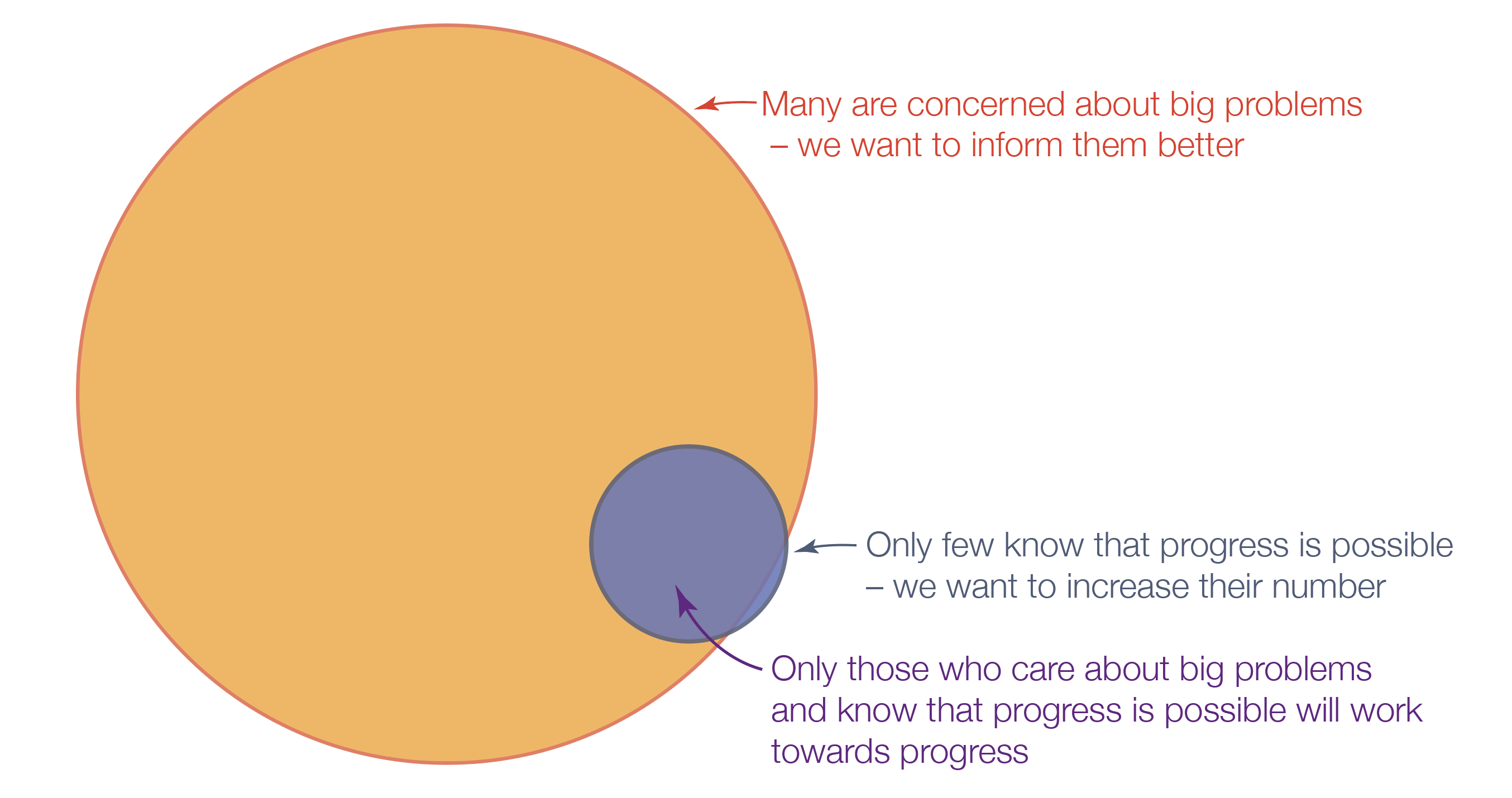Understanding the Differences Between Unsubsidized vs Grad Plus Loan: Which is Right for You?
#### Unsubsidized vs Grad Plus LoanWhen it comes to financing your graduate education, understanding the various loan options available is crucial. Two popu……
#### Unsubsidized vs Grad Plus Loan
When it comes to financing your graduate education, understanding the various loan options available is crucial. Two popular choices among graduate students are the unsubsidized loans and Grad Plus loans. Each of these loans has its own set of features, benefits, and drawbacks, making it essential to know which option aligns best with your financial situation and educational goals.
#### What is an Unsubsidized Loan?
An unsubsidized loan is a type of federal student loan that is not based on financial need. This means that students can borrow up to a certain limit regardless of their income or assets. The key characteristic of unsubsidized loans is that interest begins accruing immediately upon disbursement. While students can choose to defer payments while they are in school, the interest will continue to accumulate, which can lead to a larger total repayment amount after graduation.
Unsubsidized loans typically have lower interest rates compared to private loans, making them a more affordable option for many students. Additionally, they offer flexible repayment plans, including income-driven repayment options. However, students should be cautious about accumulating interest during their studies, as this can significantly increase the overall cost of the loan.

#### What is a Grad Plus Loan?
On the other hand, a Grad Plus loan is designed specifically for graduate and professional students. This loan type allows students to borrow up to the full cost of their education, minus any other financial aid received. Unlike unsubsidized loans, Grad Plus loans require a credit check, which means that students with adverse credit histories may face difficulties in obtaining this type of loan.
The interest rates on Grad Plus loans are generally higher than those of unsubsidized loans. However, similar to unsubsidized loans, interest accrues from the moment the loan is disbursed. Grad Plus loans also offer flexible repayment options, including deferment and forbearance, which can be beneficial for students who may need time to find employment after graduation.
#### Key Differences Between Unsubsidized and Grad Plus Loans

1. **Eligibility**: Unsubsidized loans are available to all graduate students regardless of financial need, while Grad Plus loans require a credit check.
2. **Loan Limits**: Unsubsidized loans have set borrowing limits, while Grad Plus loans allow students to cover the full cost of their education minus other aid.
3. **Interest Rates**: Generally, Grad Plus loans have higher interest rates compared to unsubsidized loans.
4. **Repayment Options**: Both loans offer flexible repayment options, but the specifics may vary.

#### Which Loan is Right for You?
Choosing between unsubsidized loans and Grad Plus loans ultimately depends on your financial situation and educational needs. If you have a good credit history and need to borrow a larger amount for your education, a Grad Plus loan might be the better option. However, if you are looking for a loan with a lower interest rate and are comfortable with the borrowing limits, an unsubsidized loan could be more suitable.
In conclusion, understanding the differences between unsubsidized vs Grad Plus loan is essential for making informed financial decisions regarding your graduate education. Take the time to evaluate your options, consider your long-term financial goals, and consult with a financial advisor if needed. By doing so, you can ensure that you choose the right loan to support your educational journey.